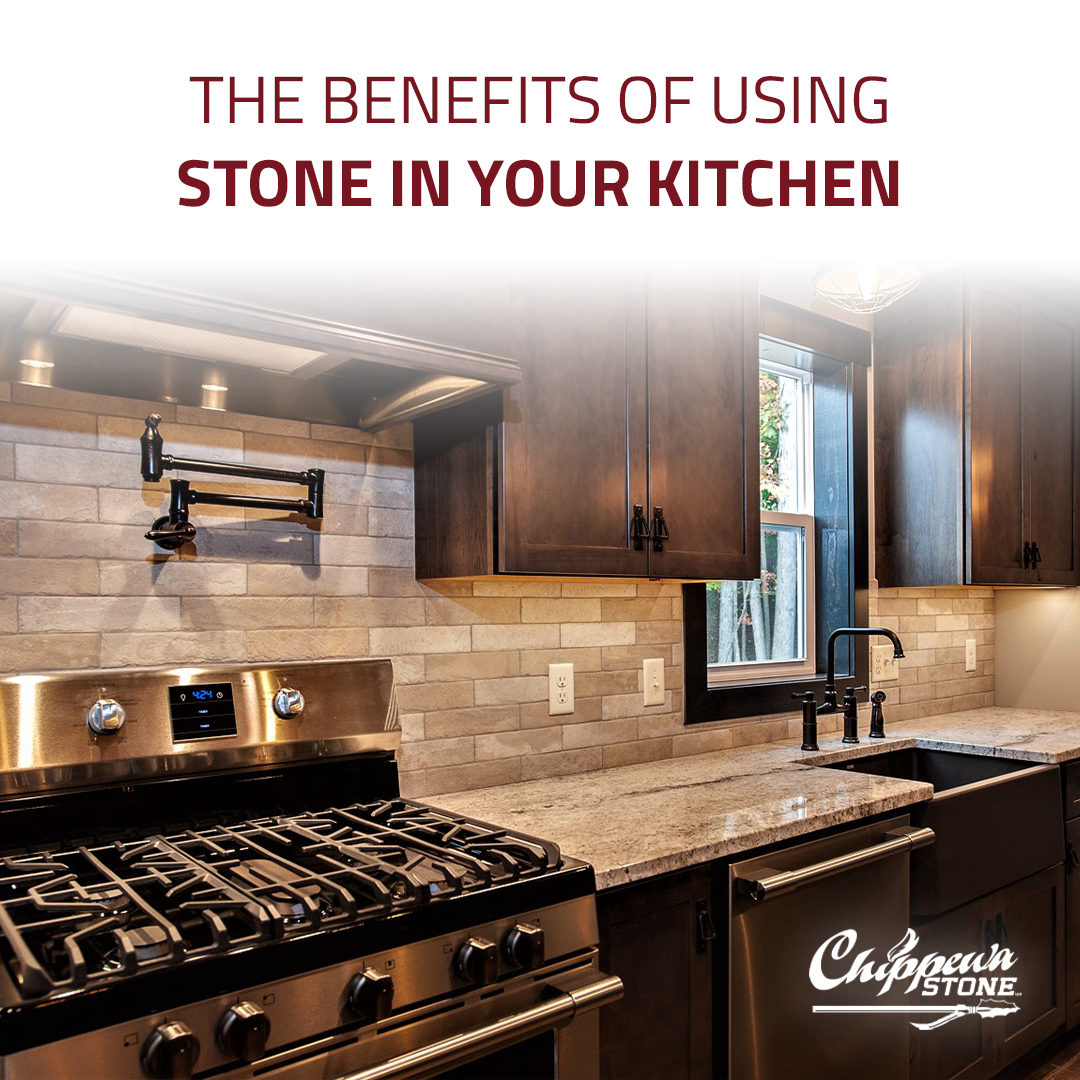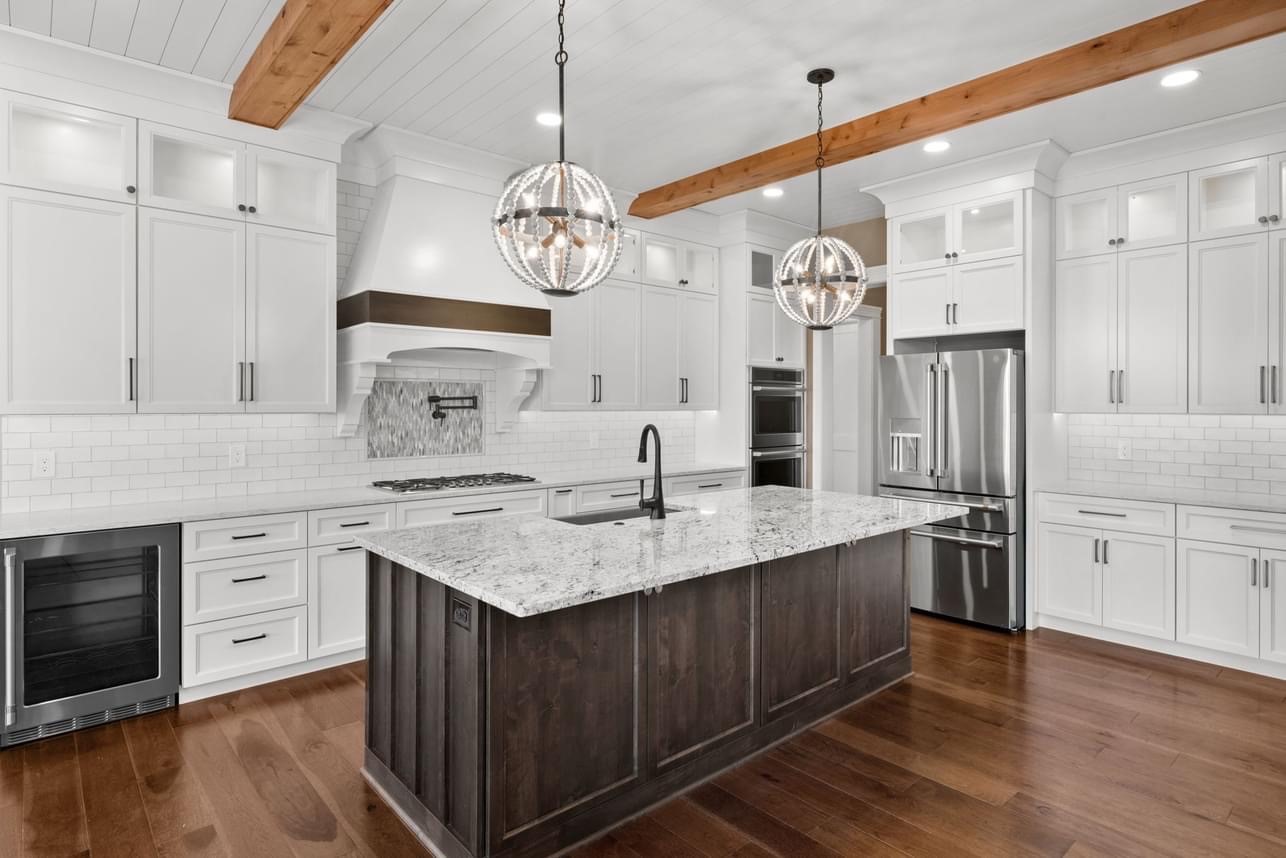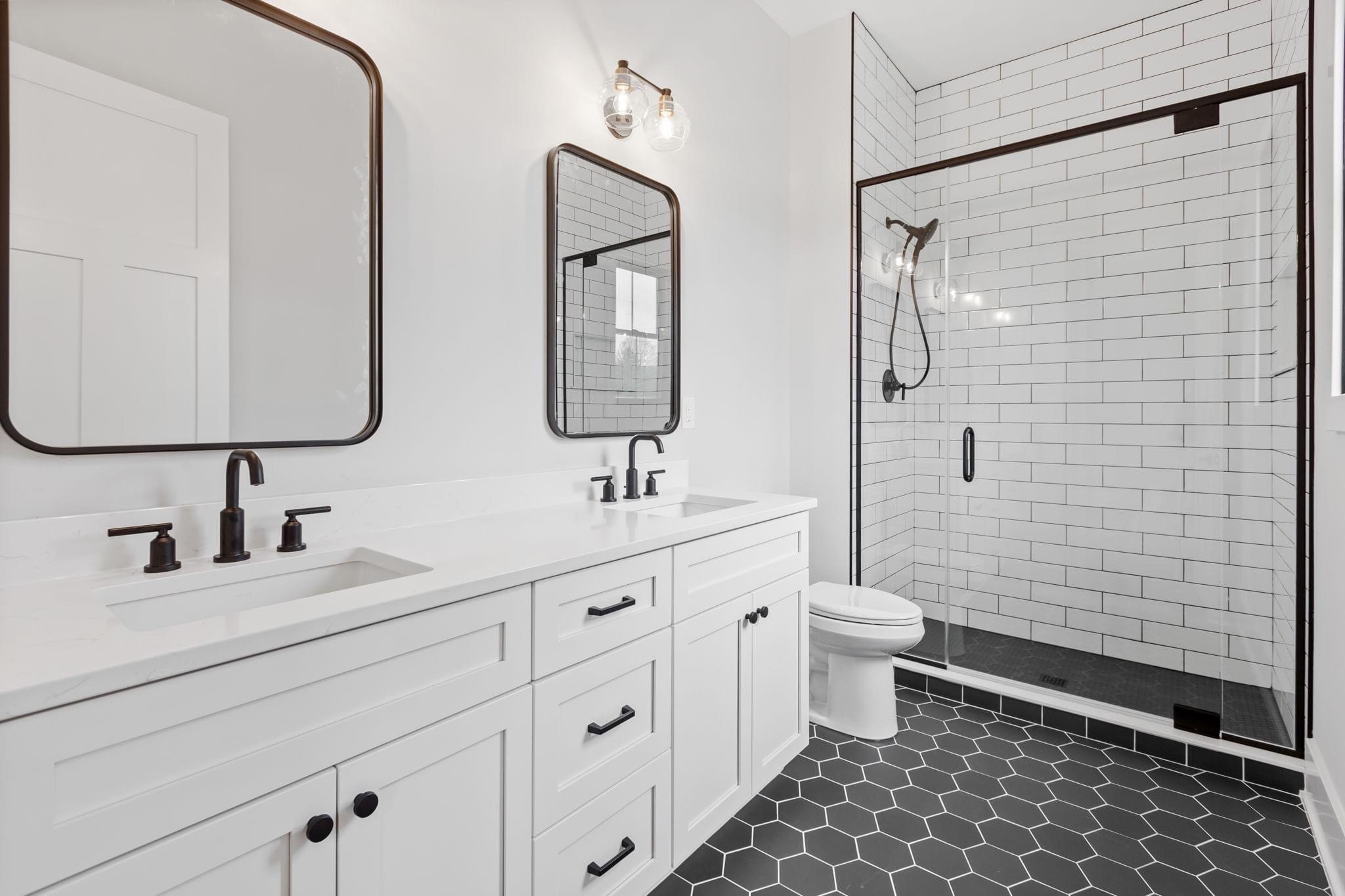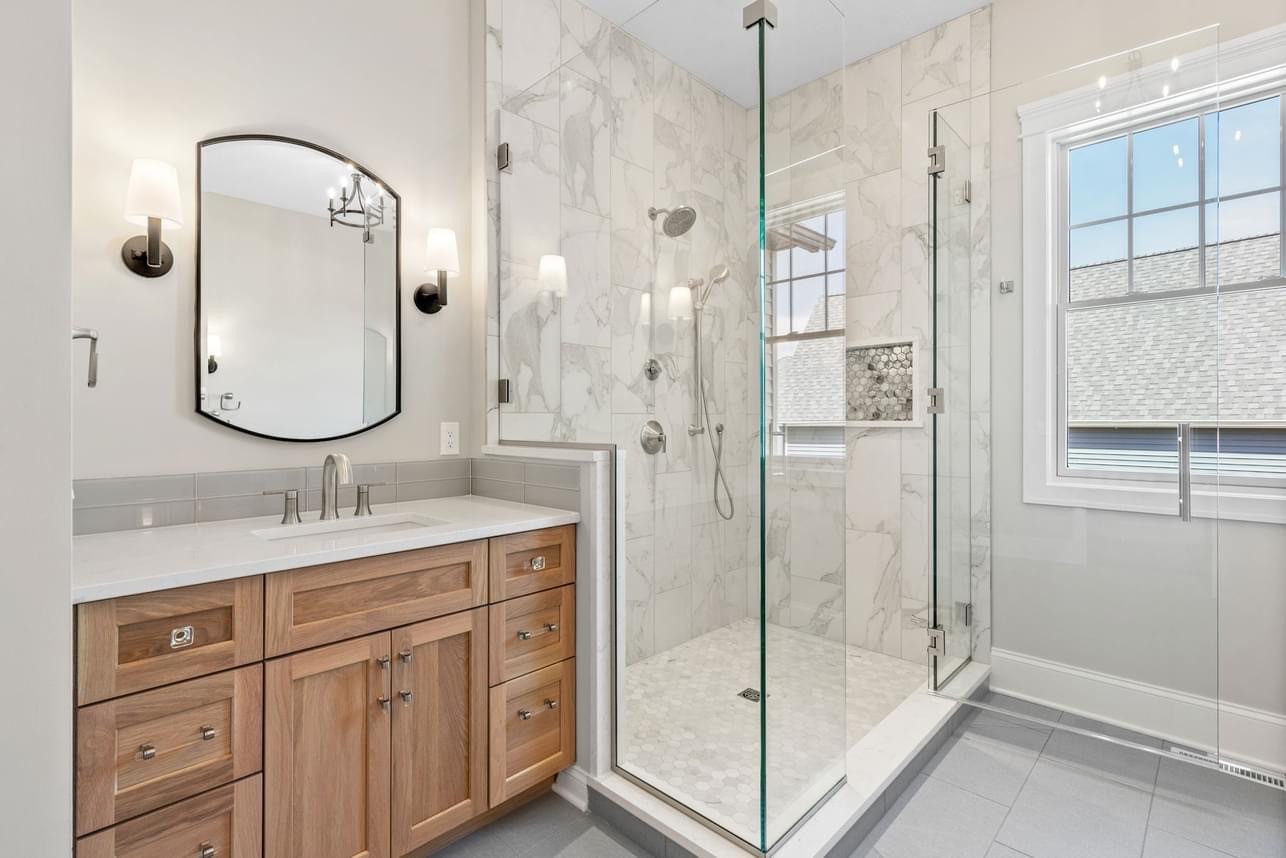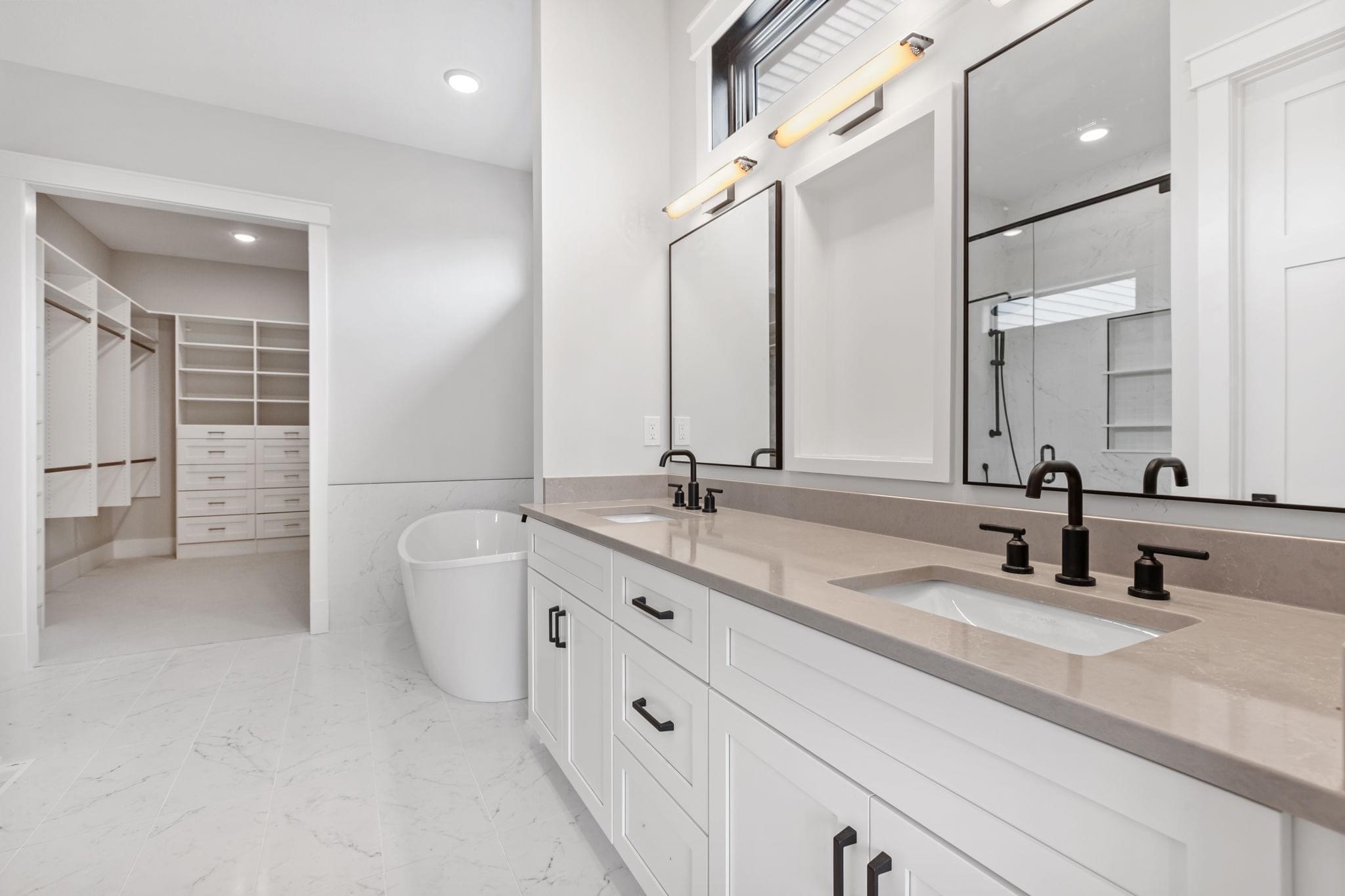When it comes to kitchen design, choosing the right materials is crucial for both functionality and aesthetics. One material that has stood the test of time and continues to be a favorite among homeowners and designers alike is stone. Whether you opt for granite, marble, soapstone, quartz, or quartzite, incorporating stone in your kitchen offers a multitude of benefits. This blog will explore these benefits in detail, helping you understand why stone is an excellent choice for your kitchen.
1. Durability and Longevity
One of the most significant advantages of using stone in your kitchen is its durability. Stone is incredibly tough and can withstand the daily wear and tear of a busy kitchen. Here’s how different types of stone compare in terms of durability:
- Granite: Granite is one of the hardest natural stones available, making it highly resistant to scratches, dents, and heat. This durability ensures that your granite countertops will last for many years, even with heavy use.
- Marble: While slightly softer than granite, marble is still very durable and can handle the rigors of kitchen use. It’s particularly heat-resistant, making it an excellent choice for baking enthusiasts who work with hot pans and dishes.
- Soapstone: Soapstone is another highly durable material that resists scratches and chips. Its density also makes it less porous than other stones, reducing the risk of stains and damage from liquids.
- Quartz: Quartz is made by combining natural quartz with resins and pigments, resulting in a non-porous, incredibly durable surface. It resists scratches, stains, and heat, making it an excellent choice for kitchen countertops.
- Quartzite: Quartzite is a natural stone that offers the hardness of granite and the beauty of marble. It’s extremely resistant to scratches and heat, making it a practical and elegant option for kitchen countertops.
2. Aesthetic Appeal
Stone surfaces add a touch of elegance and sophistication to any kitchen. Each type of stone has its unique aesthetic qualities:
- Granite: Available in a wide range of colors and patterns, granite can complement any kitchen design, from traditional to contemporary. Its natural beauty adds depth and character to the space.
- Marble: Known for its classic, timeless beauty, marble features distinctive veining and a smooth, polished finish. It’s often associated with luxury and can elevate the overall look of your kitchen.
- Soapstone: Soapstone has a unique, rustic charm with its smooth texture and soft, matte finish. It’s available in shades of gray and green, adding a natural, earthy feel to your kitchen.
- Quartz: Quartz offers consistency in color and pattern, making it easier to match with other design elements. It’s available in a wide variety of colors and styles, including options that mimic the look of natural stone.
- Quartzite: Quartzite combines the natural beauty of marble with the durability of granite. It’s available in a variety of stunning colors and patterns, often featuring dramatic veining that adds visual interest to any kitchen.
3. Heat Resistance
Kitchens are environments where heat is constantly present, from hot pots and pans to the heat generated by appliances. Stone surfaces excel in heat resistance:
- Granite: Granite’s heat resistance is one of its standout features. You can place hot pots and pans directly on the surface without worrying about damage, making it highly practical for busy kitchens.
- Marble: Marble is also highly heat-resistant, which is why it’s a popular choice for baking stations and pastry-making areas. It can withstand high temperatures without scorching or burning.
- Soapstone: Soapstone’s heat resistance makes it ideal for kitchen countertops and even wood-burning stoves. It can handle high temperatures without cracking or discoloring.
- Quartz: While quartz is not as heat-resistant as natural stone, it still offers good protection against heat. However, it’s advisable to use trivets or hot pads to prevent potential damage.
- Quartzite: Quartzite is highly resistant to heat, making it a practical choice for kitchen surfaces. You can place hot cookware directly on quartzite countertops without fear of damage.
4. Low Maintenance
Stone surfaces are relatively low-maintenance compared to other materials, provided they are properly sealed and cared for. Here’s how each type of stone fares in terms of maintenance:
- Granite: Granite countertops require periodic sealing to maintain their resistance to stains and bacteria. However, day-to-day cleaning is simple, requiring only mild soap and water.
- Marble: Marble does require more maintenance due to its porous nature, but regular sealing can help protect it from stains and etching. Gentle cleaning with pH-neutral cleaners is recommended to preserve its beauty.
- Soapstone: Soapstone is virtually maintenance-free. It doesn’t require sealing, and scratches can be easily sanded out. Periodic oiling with mineral oil can enhance its natural patina.
- Quartz: Quartz surfaces are non-porous and don’t require sealing, making them very low-maintenance. Regular cleaning with mild soap and water is all that’s needed to keep them looking new.
- Quartzite: Quartzite requires minimal maintenance and, like granite, benefits from periodic sealing to maintain its resistance to stains. Regular cleaning with mild soap and water is sufficient to keep it looking pristine.
5. Hygiene and Cleanliness
Maintaining a clean and hygienic kitchen is essential for any household. Stone surfaces contribute to a healthier kitchen environment:
- Granite: Properly sealed granite is resistant to bacteria and mold, making it a hygienic option for food preparation areas.
- Marble: While more porous, marble can also be a hygienic choice if properly sealed and maintained. Its smooth surface makes it easy to wipe clean.
- Soapstone: Soapstone’s non-porous nature makes it naturally resistant to bacteria and stains, contributing to a cleaner kitchen.
- Quartz: Quartz’s non-porous surface resists bacteria, mold, and mildew, making it one of the most hygienic options for kitchen countertops.
- Quartzite: When properly sealed, quartzite is highly resistant to bacteria and stains, contributing to a clean and safe kitchen environment.
6. Versatility
Stone can be used in various applications within the kitchen, offering versatility in design and functionality:
- Countertops: Stone countertops are a popular choice due to their durability and aesthetic appeal. They provide a sturdy, heat-resistant surface for cooking, baking, and food preparation.
- Backsplashes: Stone backsplashes can add a striking visual element to your kitchen while protecting the walls from splashes and spills.
- Sinks: Stone sinks, such as those made from granite or soapstone, offer durability and a seamless look when integrated with stone countertops.
7. Increased Home Value
Investing in stone surfaces can significantly increase the value of your home. Homebuyers often look for high-quality materials and well-designed kitchens, and stone countertops can be a major selling point. The durability, beauty, and low maintenance of stone make it an attractive feature for potential buyers.
8. Environmental Benefits
Natural stone is an environmentally friendly option for kitchen surfaces. It’s a sustainable material that can be sourced responsibly. Additionally, stone surfaces have a long lifespan, reducing the need for frequent replacements and minimizing waste.
- Granite: Granite is abundant and can be sourced locally in many regions, reducing the carbon footprint associated with transportation.
- Marble: Marble quarries often practice sustainable extraction methods, and the stone’s longevity makes it an eco-friendly choice.
- Soapstone: Soapstone is also sustainably sourced, and its durability reduces the need for replacements, making it a green choice.
- Quartz: While quartz involves some manufacturing processes, many brands prioritize sustainable practices and use recycled materials.
- Quartzite: Quartzite is a natural stone that is often sustainably sourced. Its long lifespan and durability make it an environmentally friendly choice.
9. Customization Options
Stone surfaces offer a high degree of customization, allowing you to create a kitchen that reflects your personal style:
- Edge Profiles: Stone countertops can be customized with various edge profiles, from simple eased edges to more intricate ogee or bullnose designs.
- Finishes: Choose from polished, honed, or leathered finishes to achieve the desired look and feel for your kitchen.
- Colors and Patterns: With a wide range of colors and natural patterns, stone surfaces can be selected to complement any kitchen design.
Incorporating stone into your kitchen design offers numerous benefits, from durability and low maintenance to aesthetic appeal and increased home value. Whether you choose granite, marble, soapstone, quartz, or quartzite, stone surfaces provide a timeless and functional solution for any kitchen.
By understanding the advantages of each type of stone, you can make an informed decision that suits your lifestyle and design preferences. With proper care and maintenance, your stone surfaces will continue to enhance your kitchen’s beauty and functionality for many years to come.
Investing in stone is not just about adding a luxurious touch to your kitchen; it’s about creating a space that stands the test of time, reflecting your personal style while offering unparalleled practicality. As you plan your kitchen renovation or new build, consider the many benefits of stone and how it can transform your kitchen into a space that’s both beautiful and enduring. At Chippewa Stone, we specialize in helping you choose the perfect stone for your kitchen, ensuring that your space is not only stunning but also built to last. Let us guide you in making the best choice for your home.

